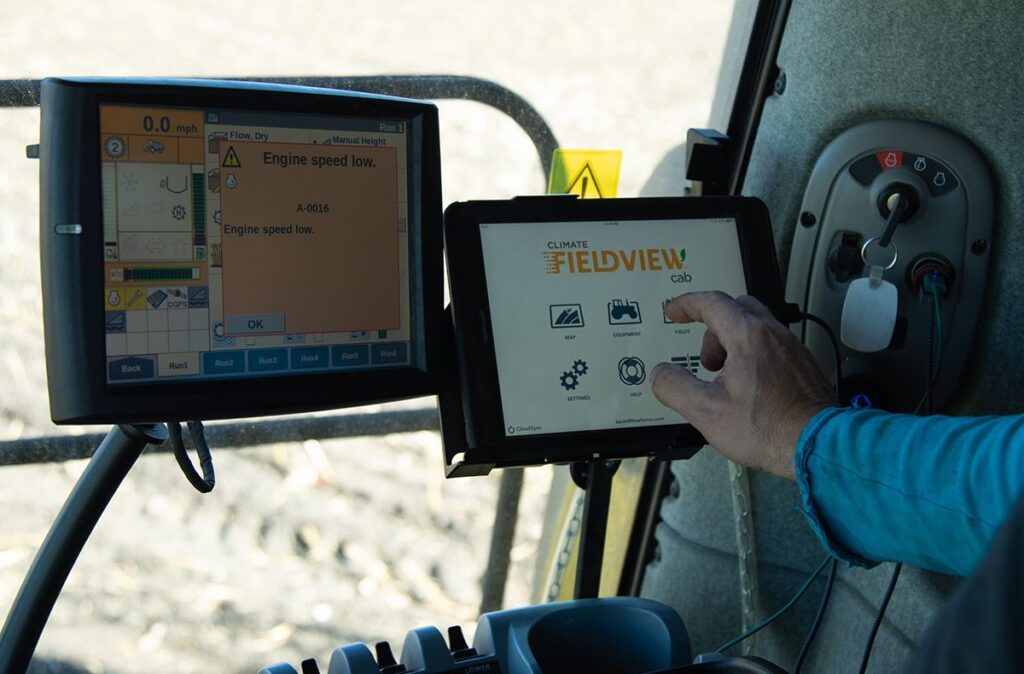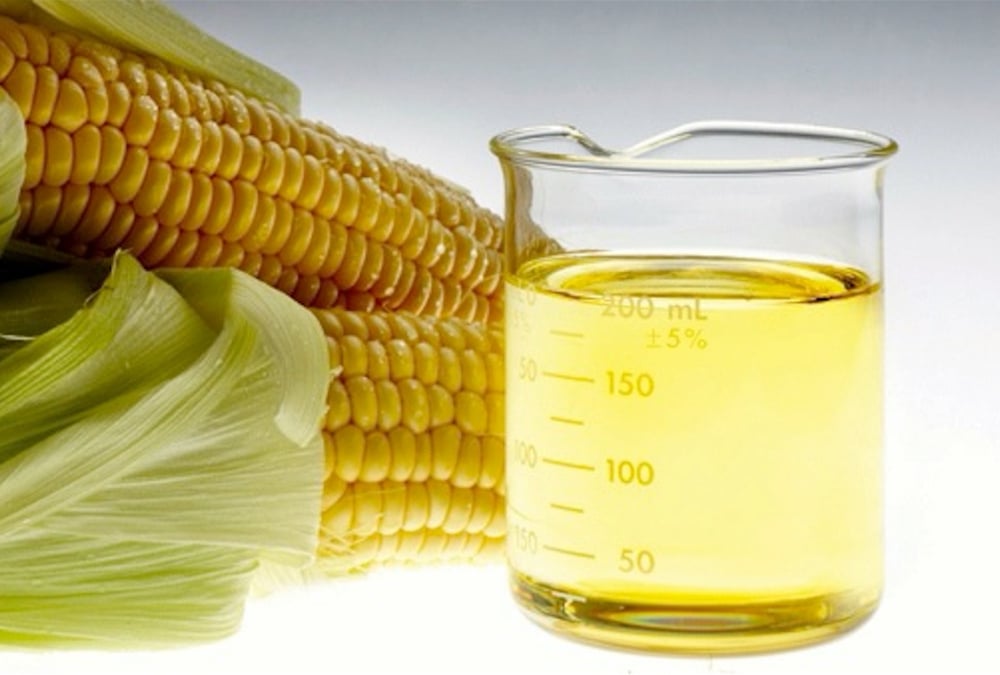Bayer introduces FieldView Drive 2.0 at Crop Production Show 2025

Glacier FarmMedia—Bayer used the Western Canadian Crop Production Show in Saskatoon this week to introduce Prairie farmers to its new FieldView Drive 2.0 digital system.
The system allows growers to monitor and record activities from different farm equipment types and brands. The updated version offers what the company says is “enhanced processing power, increased data storage and improved in-field connection stability that improves seeding, spraying and harvesting data integration.”
“Drive one came out in 2016,” says Andria Karstens, FieldView’s product value lead.
Read Also


USDA announces new interim rule for biofuel guidelines
The U.S. Department of Agriculture announced a new interim rule on Jan. 15, 2025 to aid production of biofuel feedstock crops as well as promote climate-smart agriculture.
“In the eight to nine years, a lot of technology has changed. We’ve had some increases in technology when it comes to Bluetooth, processing power and data security.
“We’re able to provide farmers with a better connectivity experience when they’re in the field. That’s a big part of the new hardware, bringing that new technology to market.”
FieldView Drive 2.0 also has improved compatibility, allowing it to communicate with the digital systems of newer equipment. It also allows for a simpler installation in the cab, eliminating the need for some cabling and making use of Bluetooth connectivity.
It can be used to transfer prescription maps to equipment in the field without the need for a thumb drive.
“We can use the drive as our transfer device,” says Karstens.
“It makes it easier to get those prescriptions into the cab of the equipment.”
Using FieldView, producers can create their own prescription maps ahead of time as well as generate as-applied maps from in-cab generated data. The system is compatible with most original equipment manufacturer systems, so transferring that data between machines of different brands is now easier.
“Sometimes those (OEM) cloud softwares don’t always talk to each other to move data around,” she adds.
“We can use FieldView in the cab in different pieces of equipment to collect data all in one place.
“If you didn’t want to use FieldView hardware, there are other options, such as a data inbox, which basically means you can take the information from your OEM monitors, download it and then upload it into the FieldView cloud.”
There are a few ways FieldView can connect with different pieces of equipment, depending on what data a grower wants to collect, the year of the machine and what kind of GPS monitors are in it.
“If you’re connected into a rate controller, it’s going to automatically map that with what rate you’re putting seed down at and potentially fertilizer, too, if you’re mapping that,” says Karstens.
“It will paint multiple layers you can toggle between and have a nice visual (map) at the end of the day.”
FieldView is available on an annual $500 per year subscription basis, along with an initial purchase of the hardware. Included in the subscription is access to periodic satellite images taken throughout the growing season.
“On average, you should get an updated image around every two weeks,” says Karstens.
“Depending on cloud cover and weather events, that could change. You can drop pins and keep track of things in the field if you wanted to use it for a scouting tool.”
Source: Farmtario.com

